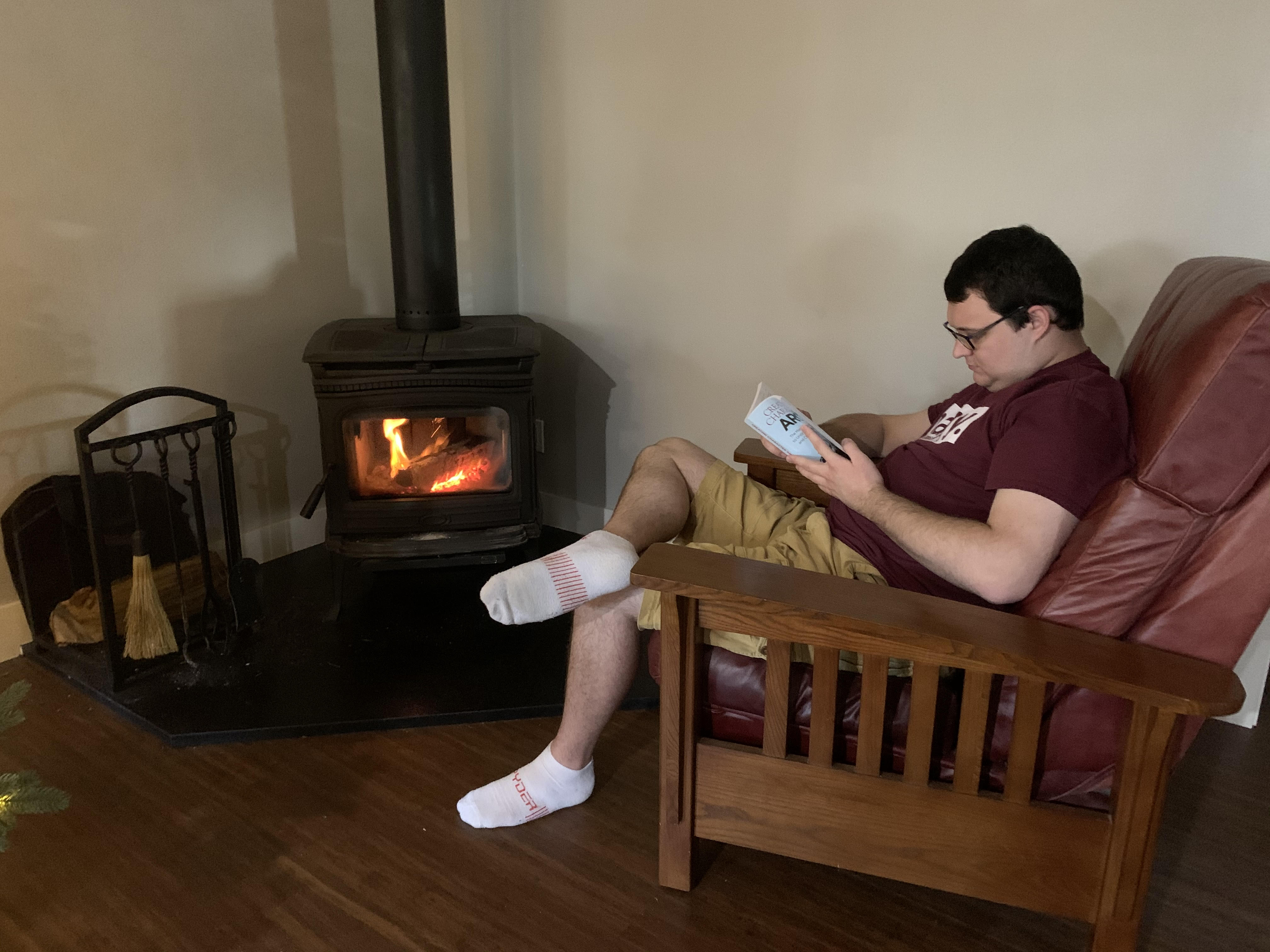I’ve recently been reading The Editor’s Companion by Steve Dunham. I haven’t gotten too far into the book, but I’m already learning a lot from it. The book teaches how to edit any form of writing and applies this teaching to a variety of areas. I have a bunch of books like this on my shelf because I love writing, and top-notch editing is essential to good writing.
Most people know that good grammar is a major part of good writing. If you don’t care about grammar, you don’t care about communicating with another person. Sloppy writing makes your work look unprofessional. Bad grammar and spelling are ugly. A work riddled with errors is hard to read. Given this, editors are so very important, so if you can’t get an editor, then you have to be one
When they think of editing, most people think of grammar editing. They imagine editing consists of looking at the rules of sentence structure, punctuation, etc. and making sure the author follows them. However, grammar and spelling are but one part of editing. A sentence can be grammatically correct while still being wrong. This most often occurs because of imprecision in the writer’s language. A single comma can change command for your mother not to make dinner (“Don’t cook, mom!”) into a command for someone to not make your mother into dinner (“Don’t cook mom!”). A writer might also start using the same word over and over in a single paragraph or sentence without realizing it. Such repetitive language wastes the readers’ time and makes them lose interest. Learning how to write with precision is an important skill for an editor.
Why is this form of editing overlooked? Well, this form of editing requires a lot of communication between the editor and the original author. Otherwise, a misunderstanding can occur, and the editor will make the paper incomprehensible. I’ll give an analogy drawn from an anecdote. One time, I was told by my mother to use dish soap to help wash the dishes. I thought she meant that I needed to put liquid detergent into the dishwasher based on her word choice and body language, but she wanted me to refill the dish soap dispenser by the sink with the liquid dish cleaner. My mistake caused a huge mess in the kitchen. This all happened because I misunderstood what my mother said and failed to ask any clarifying questions.
Those who edit for precision can make a similar mistake. They can fail to ask clarifying questions and end up changing things for the worst. Dunham’s book gives an example from Under Two Flags: the American Navy in the Civil War by William M. Fowler, Jr. The sentence was supposed to read “[The Galena]’s exaggerated tumblehome made her immediately recognizable.” A tumblehome is a hull that grows narrower above the waterline than its beam, but the editor didn’t know this (heck, I didn’t know this before I looked it up). Rather than asking the author what a tumblehome was, the editor reworded the sentence as “[The Galena]’s exaggerated tumble made her home immediately recognizable.” This sentence makes no sense within the context of the paragraph, which is about the appearance of the ship and not the ship’s “home,” yet the editor put this in here anyway. A good editor should have a good, friendly relationship with the writer of the work. The editor must know the author’s intentions inside and out and have open and honest dialogues with the author as often as possible.
The ideal editor-author relationship is often not possible, so the next best thing is for an author to be his editor. Granted, this is not without its faults. It’s a lot of work for one person, and learning to be an editor is as challenging as learning to be a writer. I’m still studying how to do both. However, I still love editing and wouldn’t trade it for the world.

Leave a Reply